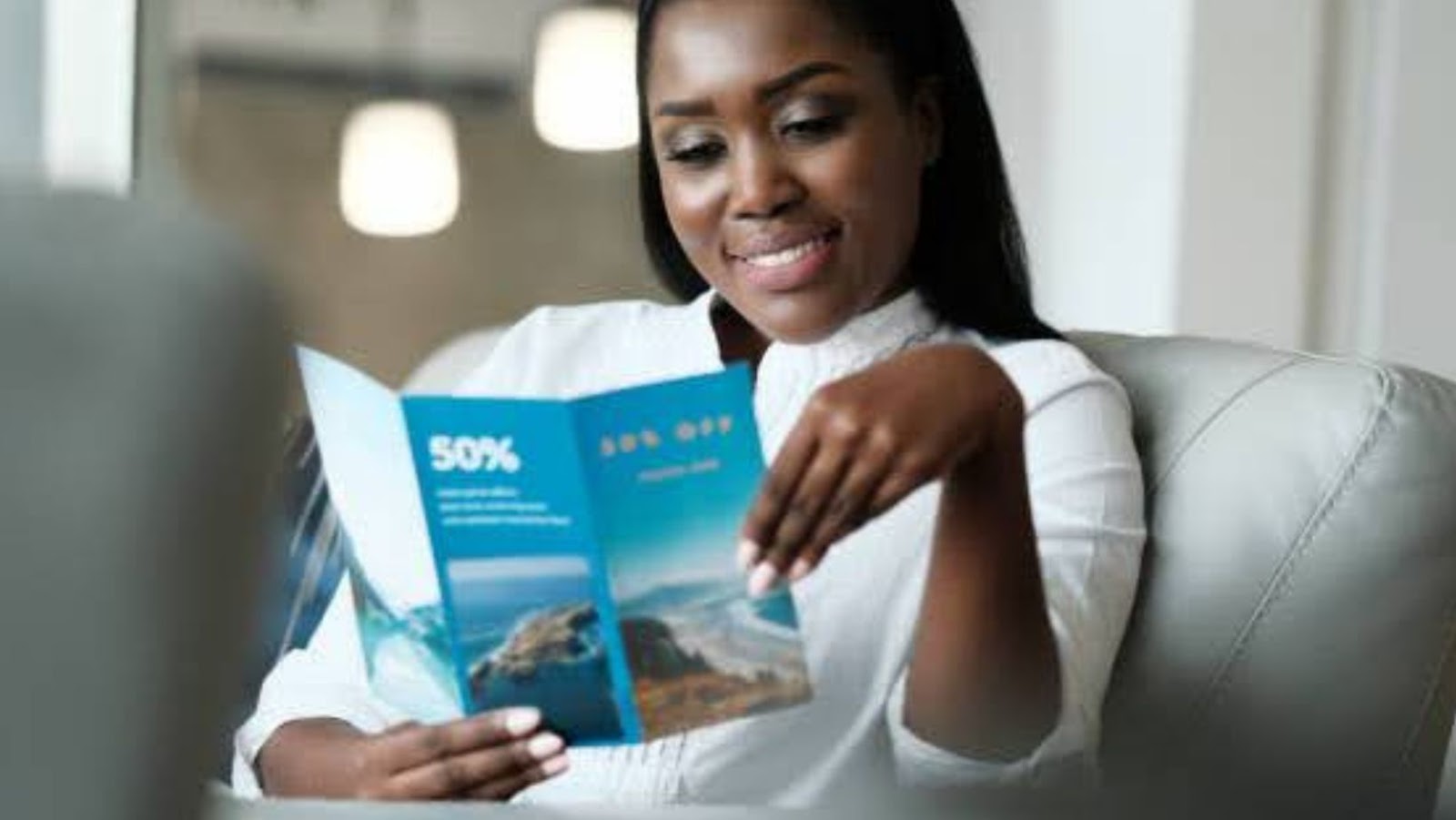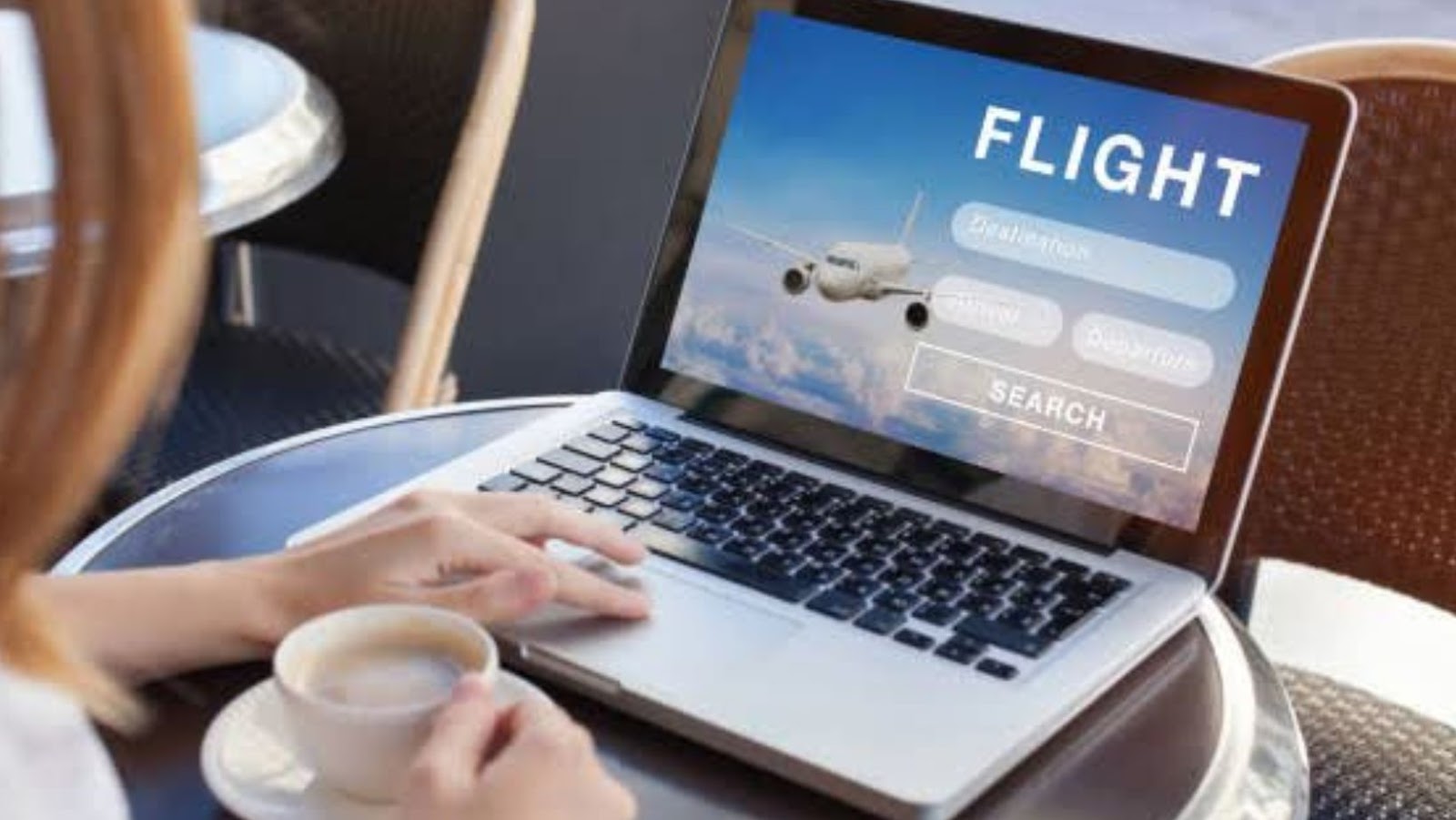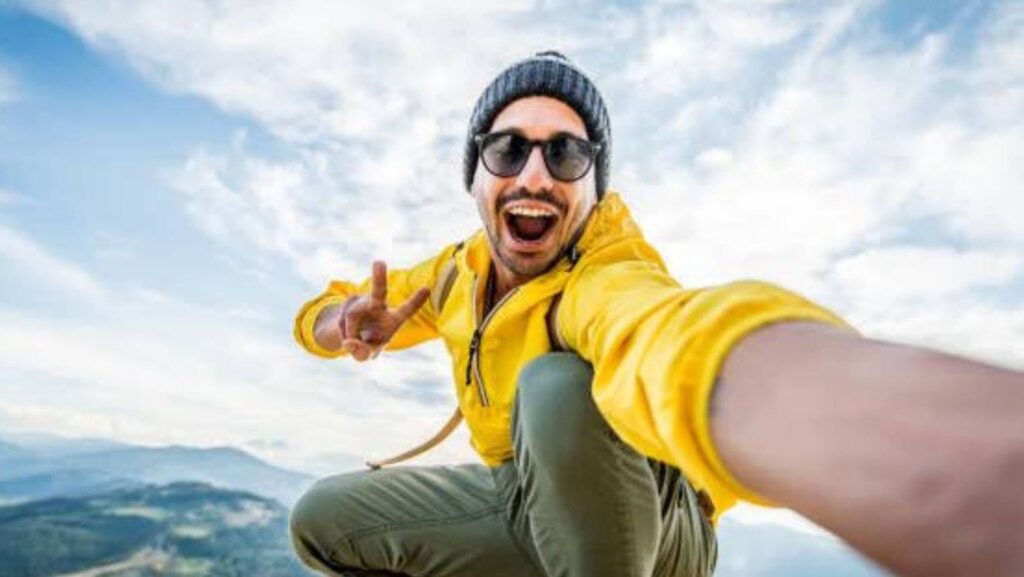Millions of tourists regularly go on hiking tours searching for new breathtaking views. With plenty of information about popular hiking routes, some trails attract more visitors, while others are still to be discovered. Like any other tourism-related offerings, hiking destinations may benefit greatly from strong marketing campaigns. Moreover, proper digital tactics can create more social buzz, even about traditional destinations like the Dolomites.
Every year, millions of people choose Dolomites hut to hut hiking. However, the local tourism sector can attract a much bigger audience by incorporating the latest technologies into its marketing campaign. Today, organizations can streamline processes and deliver a more personalized and responsive experience for potential visitors. Furthermore, automated analytics tools can track the performance of marketing campaigns, website traffic, and user engagement and provide insights for future strategies. Keep reading to discover some destination marketing trends.
Why is Tourism Marketing Vital?
Even if it may seem that the Dolomites do not need to be additionally advertised, a proper marketing campaign helps tourist businesses remain adaptable and innovative. It boosts economies, introduces people to new destinations, and helps communities thrive. It creates unique identities for places, making them stand out in a competitive industry. Encouraging responsible travel also contributes to environmental conservation. Moreover, tourism marketing generates jobs, revenue, and cultural exchange. In times of crisis, effective marketing aids in recovery by rebuilding a destination’s image and regaining traveler confidence. Overall, it’s about connecting people, fostering understanding, and ensuring sustainable growth for both locals and visitors.
Marketing Strategies that Work in tourism
Today, an efficient marketing plan in the travel sector goes far beyond showcasing the place. It encompasses the latest technological trends to craft an experience for potential customers. Here are some of the most effective approaches to get more people interested in hiking the Dolomites.
Personalization
Knowing your audience is a must and the first step in the tourism industry. It requires in-depth research and careful data analysis. Start by crafting detailed customer personas. These profiles should include demographics, interests, and travel preferences. Engage with your audience on social media, conduct surveys, and follow website analytics to continually fine-tune your content based on customer needs. This approach involves tailoring marketing messages and offers that genuinely resonate with people’s preferences.
- Drip Campaigns. Set up automated email sequences to nurture potential visitors over time, providing them with information about the destination, special offers, and activities.
Social Media
It is not about posting regular updates. Social media platforms give you a plethora of opportunities to interact with your customers.
- Instagram. Use the potential of Stories for real-time updates, sneak peeks, and interactive sessions like polls or interviews. Take your audience on virtual tours, highlight local attractions, or share stories from happy customers.

- Facebook. Live Events is a perfect tool to engage your audience. This interactive communication allows real-time participation and creates a unique experience.
- Pinterest. Create visually appealing boards with stunning views of your destination. Pin user-generated content to encourage your audience to share their experience.
Use social media platforms to conduct contests encouraging user participation and share informative content like travel guides, packing tips, and destination highlights. Go beyond self-promotion to provide useful information for your audience.
- Post-visit surveys. Implement automated surveys to collect feedback from visitors after their stay, helping to gather valuable insights for improvement and attracting new visitors.
Collaboration with Influencers
Engage travel enthusiasts and boost your tourism marketing by teaming up with influencers. Bloggers and streamers are excellent storytellers who bring destinations to life through captivating content. They easily reach diverse and often multimillion audiences. From Instagram-worthy snapshots to immersive travel narratives, influencers create an authentic connection with followers. Collaborate on sponsored posts, travel diaries, or even live Q&A sessions to showcase the benefits of your destination.

Their genuine experiences resonate, inspiring potential travelers and injecting your campaign with an irresistible blend of authenticity and trust.
- Social listening. Implement tools for social listening to track mentions of the destination, gather feedback, and respond promptly.
Geotargeting
Embrace the potential of geotargeting in your marketing efforts. This advanced digital strategy harnesses location data, such as IP addresses or GPS coordinates, to precisely target consumers with tailored marketing content. It will allow you to connect with the right audience at the right moment, ensuring your promotional materials resonate with potential visitors. Integrate geotargeting into your destination marketing strategy to engage with consumers while they are in the area.
- Push-up notifications. Use your app to send targeted promotions or offers to users when they are in proximity to the destination. These can be event updates, weather alerts, or special discounts.
Artificial Intelligence
AI is a game-changer in tourism marketing. It has the power to completely transform the connection with travelers. AI analyzes vast data sets to understand trends, allowing for personalized marketing strategies. Chatbots powered by AI enhance customer interactions, providing instant responses and travel recommendations. Predictive analytics helps anticipate traveler preferences, ensuring targeted promotions. AI-driven content creation generates compelling and tailored materials. From chat assistance to personalized promotions, AI seamlessly weaves tech magic, elevating the travel experience and enhancing overall marketing impact.
- Automate booking. Implement chatbots to assist with the booking process, guiding visitors through available options and answering questions.
Virtual Reality Tours
Amidst the challenges of the pandemic, businesses have embraced innovative tourism technology – Virtual Reality. VR allows potential customers to experience hotels, airport lounges, restaurants, local attractions, and various tourist activities remotely. These immersive tours are now easily accessible through major web browsers and are compatible with computers, mobiles, and tablets. A VR headset creates an even more true-to-life experience. Such tours help users preview what awaits them at a destination. Thus, VR works as a little extra persuasion that can make a significant impact during the booking stage.
- Storytelling. Share personal stories of locals or visitors who have had meaningful experiences in the destination. User-generated content adds authenticity and relatability.
The tourism industry remains dynamic and ever-evolving to meet the diverse needs of its customers. To stay ahead, the travel sector must consistently embrace innovative strategies. Marketers should implement the latest technological trends to provide personalized customer experiences and elevate satisfaction levels. These strategies also help streamline operations and optimize costs. Keep up with these innovations to predict customer behavior and remain competitive in the market. Ensure your marketing campaign embraces both basic principles and cutting-edge technologies to succeed.
